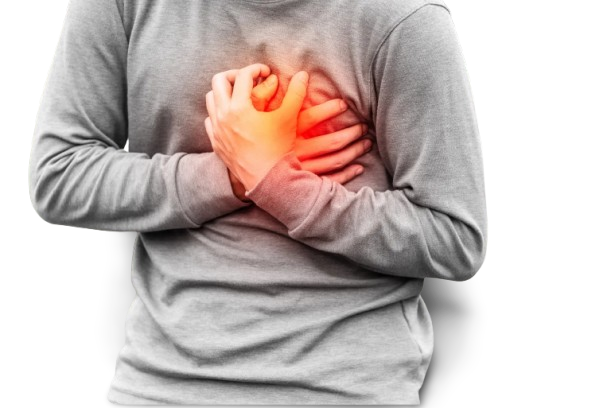Home
Croup (laryngotracheitis) is a respiratory
illness characterized by inspiratory stridor, barking cough, and hoarseness. It
typically occurs in children six months to three years of age and is caused by
parainfluenza virus.
Signs and symptoms
Croup is characterized by a
"barking" cough, stridor, hoarseness, and difficult breathing which
usually worsens at night. The "barking" cough is often described as
resembling the call of a s seal or sea lion. The stridor is worsened by
agitation or crying, and if it can be heard at rest, it may indicate critical
narrowing of the airways. As croup worsens, stridor may decrease considerably.
Other symptoms include fever, coryza(symptoms
typical of the common cold), and chest wall indrawing. Drooling or a very sick
appearance indicate other medical conditions.
Because children have small airways, they
are most susceptible to having more marked symptoms with croup, particularly
children younger than three years old.
Nighttime croup symptoms of labored
breathing can often lead concerned parents to bring their child to the
emergency room.
Symptoms of croup usually last for three to
five days.
Causes
Croup is usually caused by a virus
infection, most often a parainfluenza virus.
Your child may contract a virus by
breathing infected respiratory droplets coughed or sneezed into the air. Virus
particles in these droplets may also survive on toys and other surfaces. If
your child touches a contaminated surface and then touches his or her eyes,
nose or mouth, an infection may follow.
The infection usually starts in the nasal
membranes and then spreads to the vocal cords (larynx) and windpipe (trachea).
Only a small percentage of exposed children actually develop croup.
Bacterial croup may be divided into
laryngeal diphtheria, bacterial tracheitis, laryngotracheobronchitis, and
laryngotracheobronchopneumonitis
Treatment
Children with croup are generally kept as
calm as possible. Steroids are given routinely, with epinephrine used in severe
cases. Children with oxygen saturation under 92% should receive oxygen,[ and
those with severe croup may be hospitalized for observation.If oxygen is
needed, "blow-by" administration (holding an oxygen source near the
child's face) is recommended, as it causes less agitation than use of a mask.
With treatment, less than 0.2% of people require endotracheal intubation.
Self-care measures at home are effective
for the vast majority of cases of croup. Aggressive treatment is rarely needed.
If your child's symptoms persist beyond
three to five days or worsen, your child's doctor may prescribe a type of
steroid (glucocorticoid) to reduce inflammation in the airway. Benefits will
usually be felt within six hours. Dexamethasone is usually recommended because
of its long-lasting effects (up to 72 hours).
Epinephrine is also effective in reducing
airway inflammation. It's fast-acting, but its effects wear off quickly.
For severe croup, your child may need to
spend time in a hospital. In rare instances, a temporary breathing tube may
need to be placed in the child's windpipe.
Croup can be scary — especially if it lands
your child in the doctor's office, emergency room or hospital. Comforting your
child and keeping him or her calm are important, because crying and agitation
worsen airway obstruction. Hold your child, sing lullabies or read quiet
stories. Offer a favorite blanket or toy. Speak in a soothing voice.
When to call the doctor
If you are concerned that your child's
croup is not improving, contact your child's doctor, local emergency
department, or emergency medical services (911) even if it is the middle of the
night. Consider calling if your child
·
Makes a whistling sound that gets louder with each
breath
·
Cannot speak or make verbal sounds for lack of breath
·
Seems to be struggling to catch her breath
·
Has bluish lips or fingernails
·
Has stridor when resting
·
Drools or has extreme difficulty swallowing saliva
·
Treating with medicine
Treatment at home
If your child wakes up in the middle of the
night with croup, take him into the bathroom. Close the door and turn the
shower on the hottest setting to let the bathroom steam up. Sit in the steamy
bathroom with your child. Within 15 to 20 minutes, the warm, moist air should
help his breathing. The barky cough may take longer to improve.
Sometimes another attack of croup will
occur the same night or the next. If it does, repeat the steam treatment in the
bathroom. Steam almost always works. If it does not, take your child outdoors
for a few minutes. Inhaling moist, cool night air may help open the air
passages so that he can breathe more freely.
Prevention
·
Frequent hand-washing
·
encourage your child to cough or sneeze into his or
her elbow.
·
Vaccinations : diphtheria and Haemophilus influenza








.jpg)



























